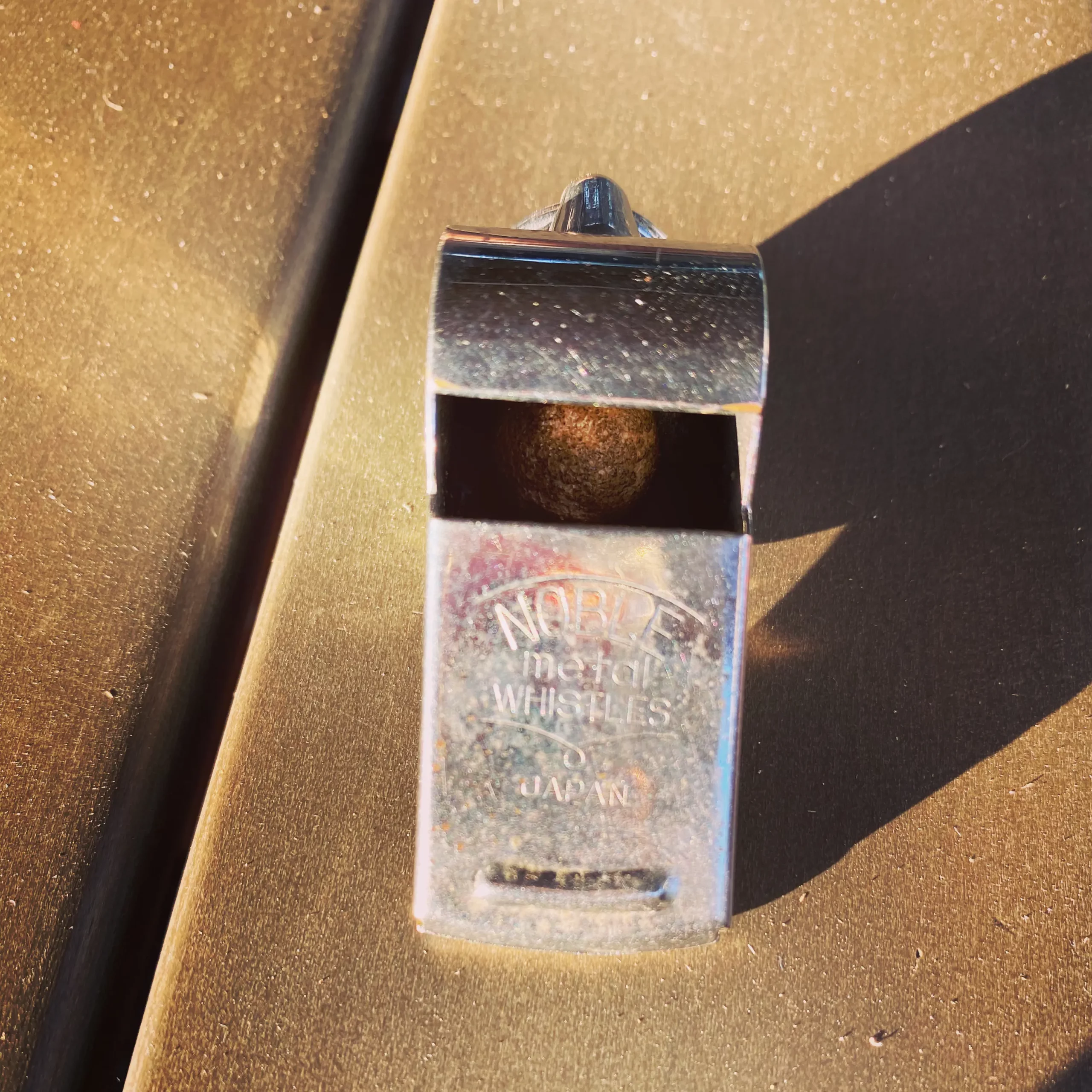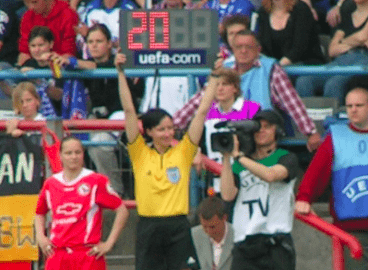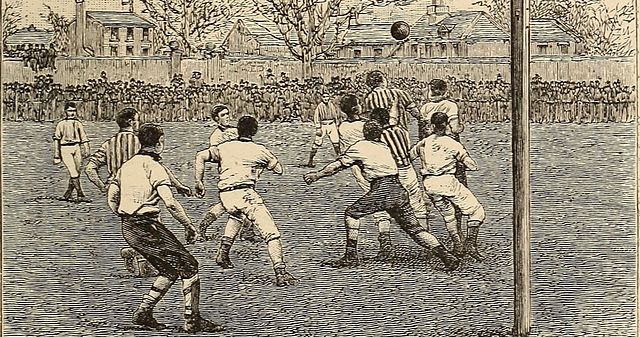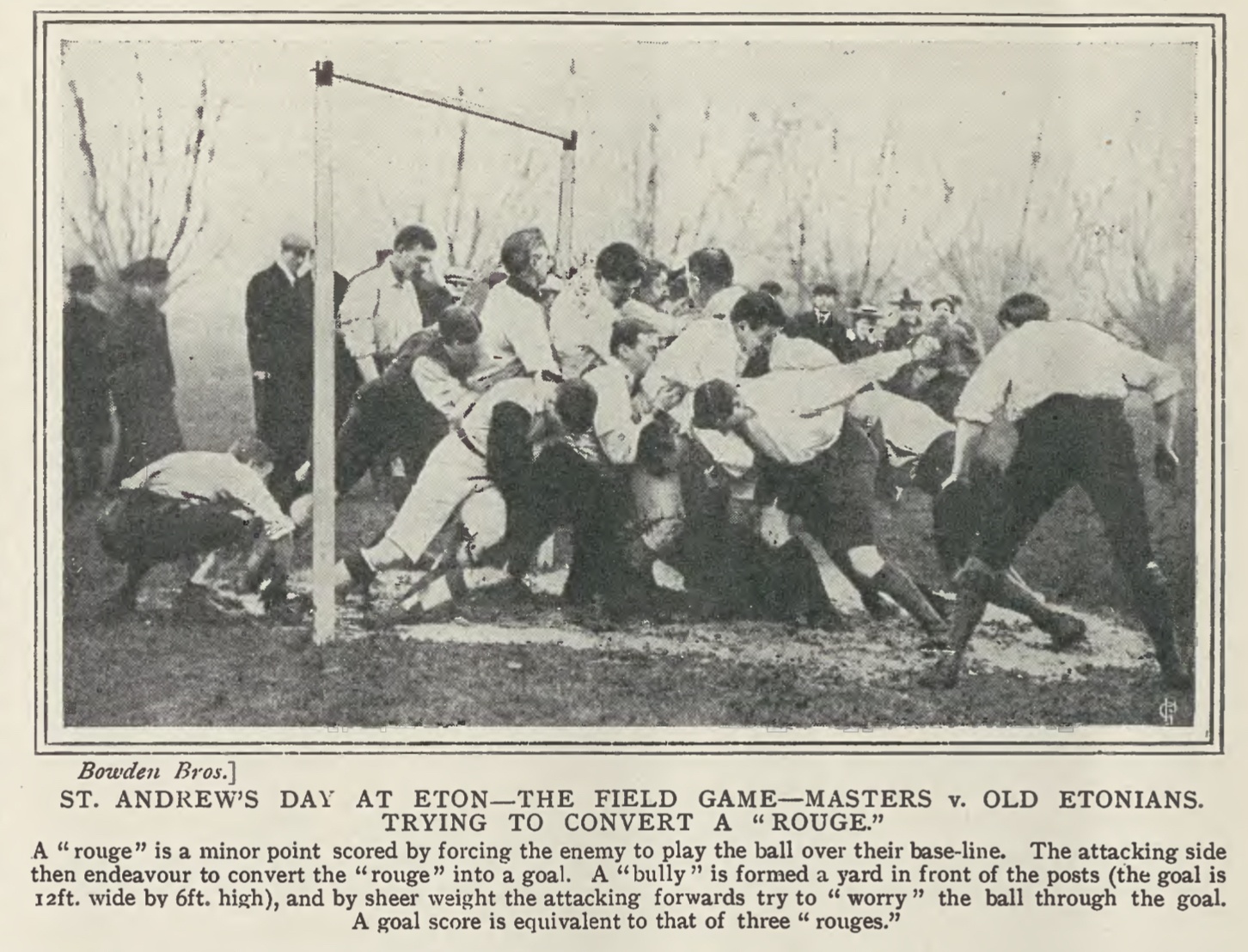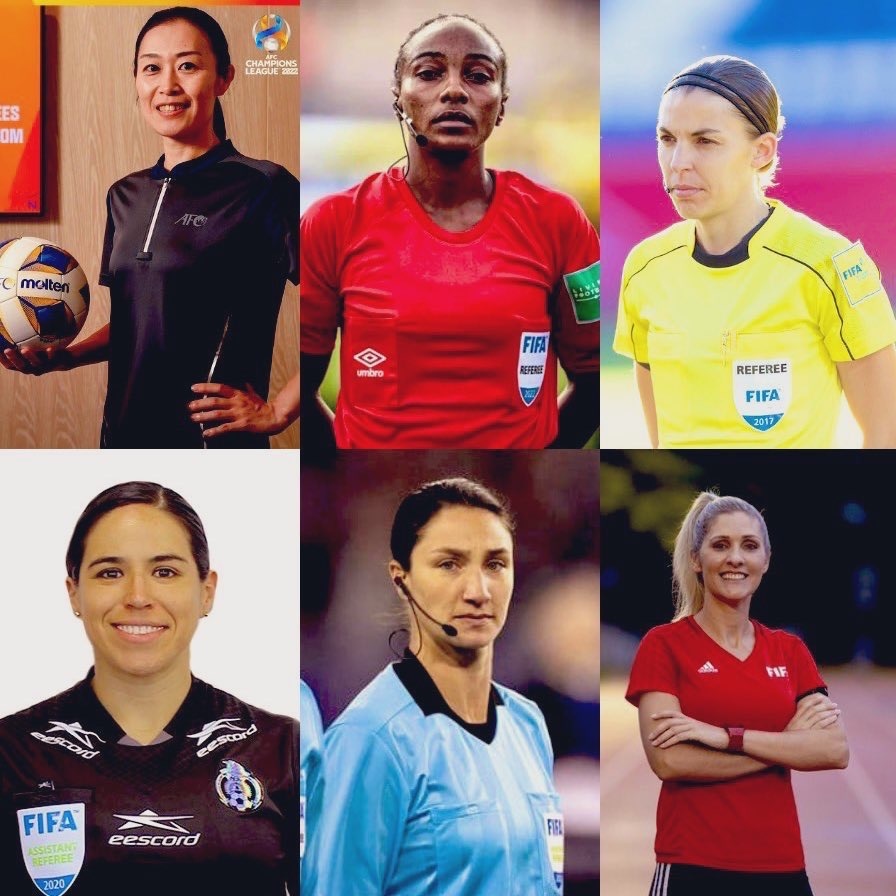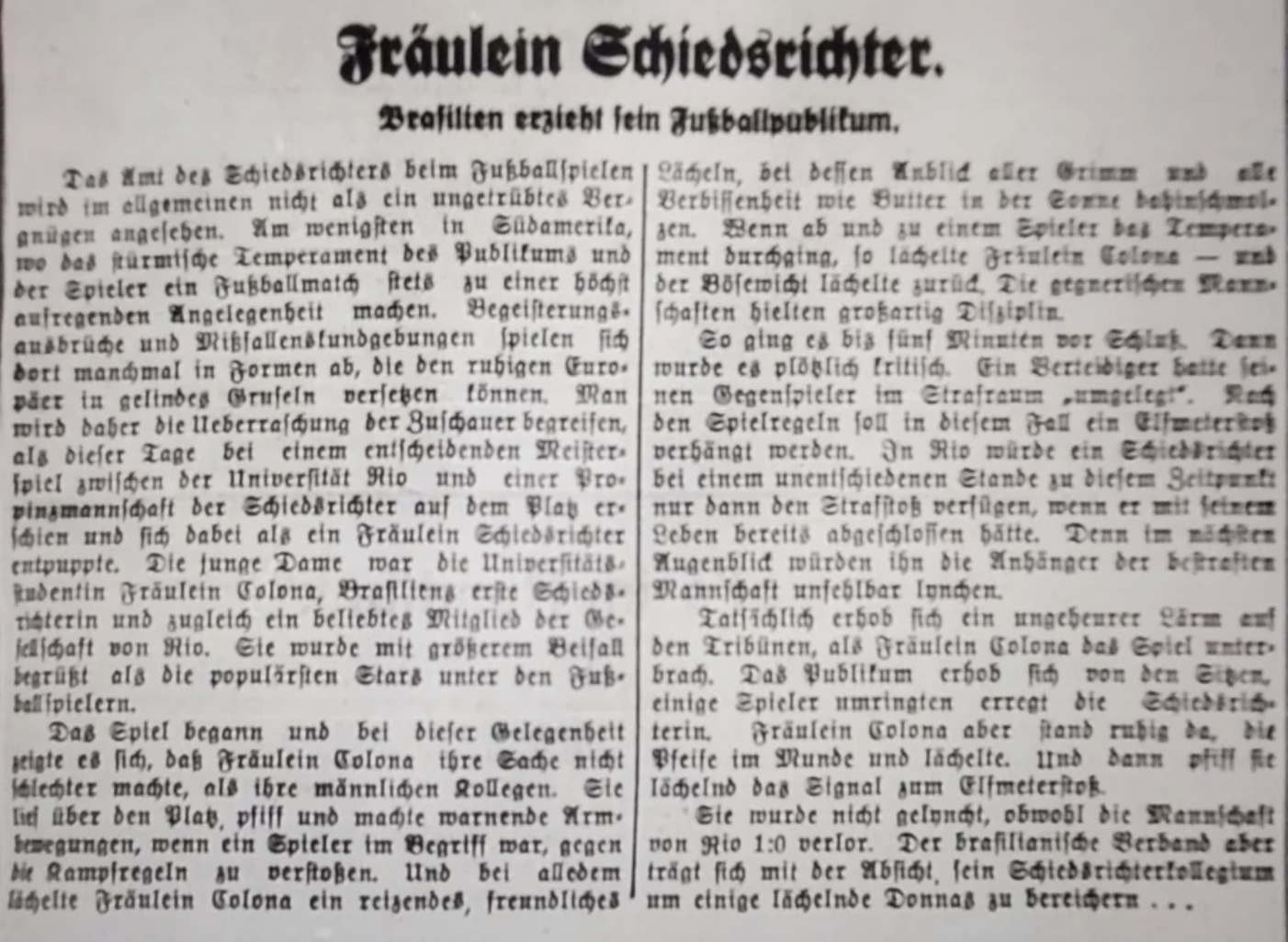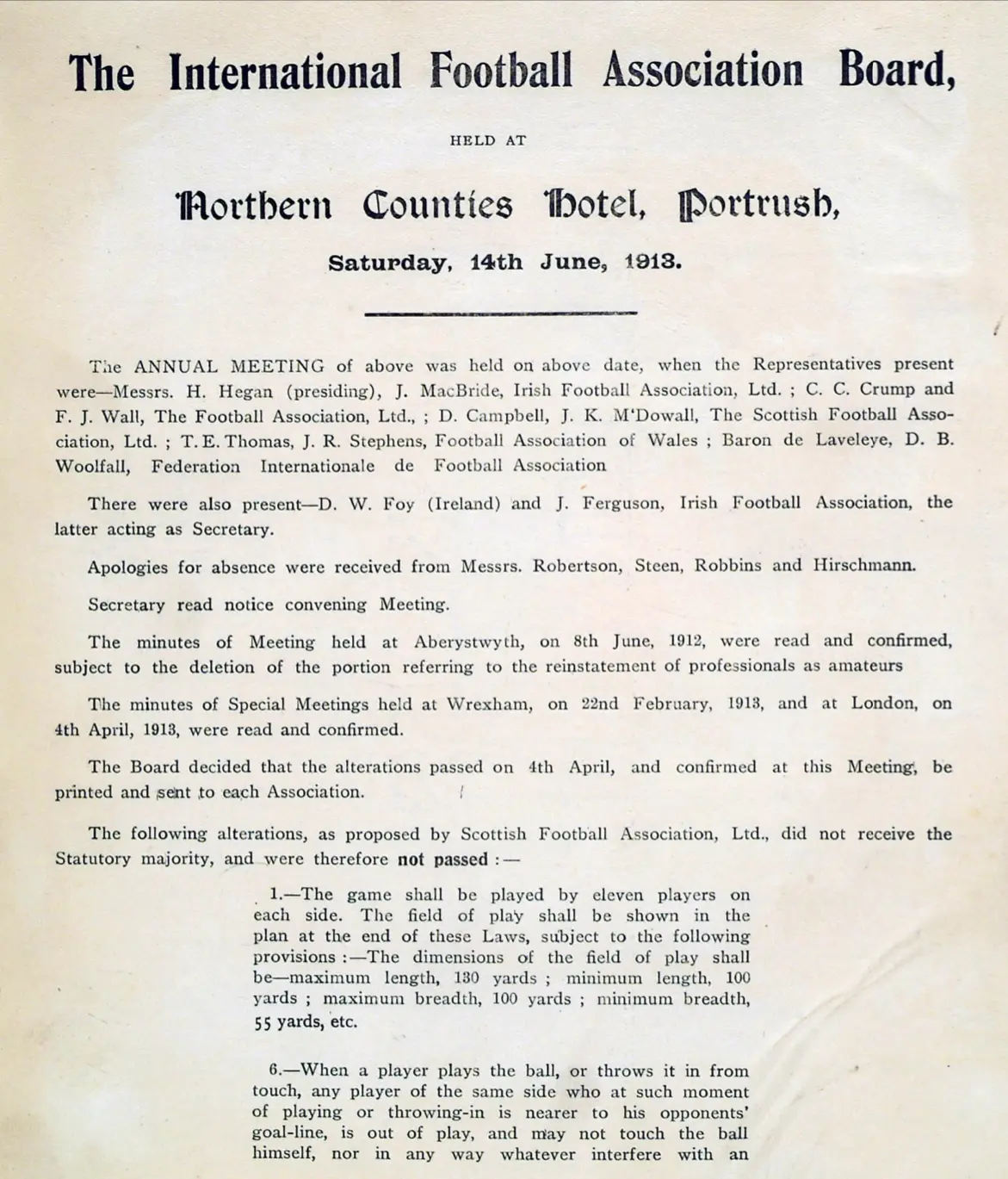Comparison: Rules and regulations from the end of the 1850s
Last time I compared rulebooks from the last years of the 1840s, now it’s three rulebooks for football with little or no handball allowed, published about ten years later. Namely, the Laws of Eton Field Game from 1857, the Rules of Harrow Football from 1858 and the Sheffield FC Rules from 1858. A first look – similarities and differences . In all the rulebooks there are details of the following rules: Handball, Illegal Play Throw-In/Foot-In, Kick-Off and Corner Kick, and Goal Scoring. So a greater amount of overlap as between the Eton Field Game Rules of 1847 and the Surrey Rules of 1849. Since the rulebooks compared here do not differ that significantly, which is why I am comparing the content of each rule here. Page selection . By coin toss in Harrow. No details for Eton and Sheffield. At Harrow it was added that there was no coin toss in school games, otherwise the headmaster’s team chose the sides. Goal measurements . No specification in Sheffield and the specification in the other three towns …




